Fight for Wilderness in Bitterroot National Forest, USA
The process of protecting Wilderness in the United States has become an inspiration for many people worldwide. The National Wilderness Preservation System includes more than 50 million hectares of protected Wilderness today. Nevertheless, the struggle to protect the last remnants of Wilderness in this country is still ongoing. Our colleagues in Montana, Mr. Van Keele and Mrs. Karen Savory, illustrated the complexity of this process and shared their experiences in Bitterroot Wilderness with us. This is what they had to tell:
Bitterroot National Forest
Just hours away from Montana’s internationally renowned Yellowstone and Glacier National Parks lies a hidden gem: the Bitterroot National Forest. Situated in southwest Montana BNF is 640 000 hectares in size, with half being congressionally-designated Wilderness. From grasslands to glaciated peaks, elevations range from 1 100 m to 3 100 m. There are diverse ecosystems within the two mountain ranges that comprise BNF, supporting an array of amazing flora and fauna. It reaches from 700 year old pines and 1000 year old larches to endangered and rare creatures like wolverines, grizzly bears, peregrine falcons, bull trouts, and rubber boas.
These lands are the ancestral home of the Salish. There are numerous Native American cultural sites including medicine wheels, caves, and Indian peel trees. Lewis and Clark made an arduous journey through Bitterroot in 1805 with many landmarks, plants, and birds named in their honor. It’s home to world class fishing, rock climbing, back-country skiing and hiking.
Please also read: Pipeline Expansion In Canada Threatens Wilderness And First Nations
The Big Wild in Bitterroot
My wife and I moved to the Bitterroot in 1999 because of the extensive public wildlands, notably the three Wilderness areas that span BNF. We have access to the largest expanse of Wilderness in the US outside of Alaska. To live here is a gift that we do not take for granted. While we are very fortunate to reside in such a paradise, all is not well. There are threats on the immediate horizon to national forest lands in the Bitterroot.
The Threats: Real or Imagined?
The imminent threats are exemplified by two upcoming, gigantic logging projects: Gold Butterfly (22 000 hectares) and Bitterroot Front (60 000 hectares). The Forest Service promotes and justifies both projects for “forest health” and “fuel reduction”. While there is a kernel of truth to this, the reality is that both projects will unnecessarily log hundreds of hectares of old growth trees, do huge clear cuts and construct roads. That will damage many square-kilometers of resources and harm wildlife, and fragment rare and irreplaceable habitats.
Both projects are using recently weakened environmental laws and regulations – plus legally questionable environmental analyses and tactics – to expedite them in the face of broad public opposition. They could both achieve their stated goals of forest health and fuels reduction by not building more roads, doing clear cuts, or logging old growth.
Gold Butterfly: No pot of gold
The Gold Butterfly project is in the final stages of environmental review before its implementation. A citizens-initiated alternative that would have achieved project goals and avoided new road construction and old-growth logging was summarily rejected by forest officials despite over 75% public support. Gold Butterfly will log and build roads through roadless lands that are home to wolverines and ancient trees born before the birth of this nation.
The Front-al Assault
The Bitterroot Front project is in an early proposal phase. It includes ALL forest lands on the valley’s west side right up to the Wilderness boundary. Inexplicably, this includes thousands of hectares of specially designated forest lands including Recommended Wilderness, Research Natural Areas, and Wild and Scenic Waterways. The agency intends to use a highly flawed environmental review process – condition-based analysis – that’s unproven and (rightfully) hung up in the courts.
Wolverine, wolves, mountain goats, and 1000-year-old larches are just a few of the rare and sensitive inhabitants.
Endless Pressure, Endlessly Applied
Friends of the Bitterroot is a local, grassroots, all-volunteer environmental organization that’s on the frontlines of these threats. They started in 1988 and among their co-founders was Stewart Brandborg. He shepherded the Wilderness Act through the US Congress to its passage in 1964. They continue to believe that there are sensible and effective ways to manage our public lands that follow the law and protect wildlife, habitat, and resources. Unfortunately, Gold Butterfly and the Bitterroot Front projects are together a devastatingly harmful threat to all of the above. FOB remains steadfast in their advocacy. But, they need everyone’s help, far and wide. As environmental icon Brock Evans always says, “Endless pressure, endlessly applied.”
Please take action to make a difference on the Gold Butterfly and the Bitterroot Front Projects.

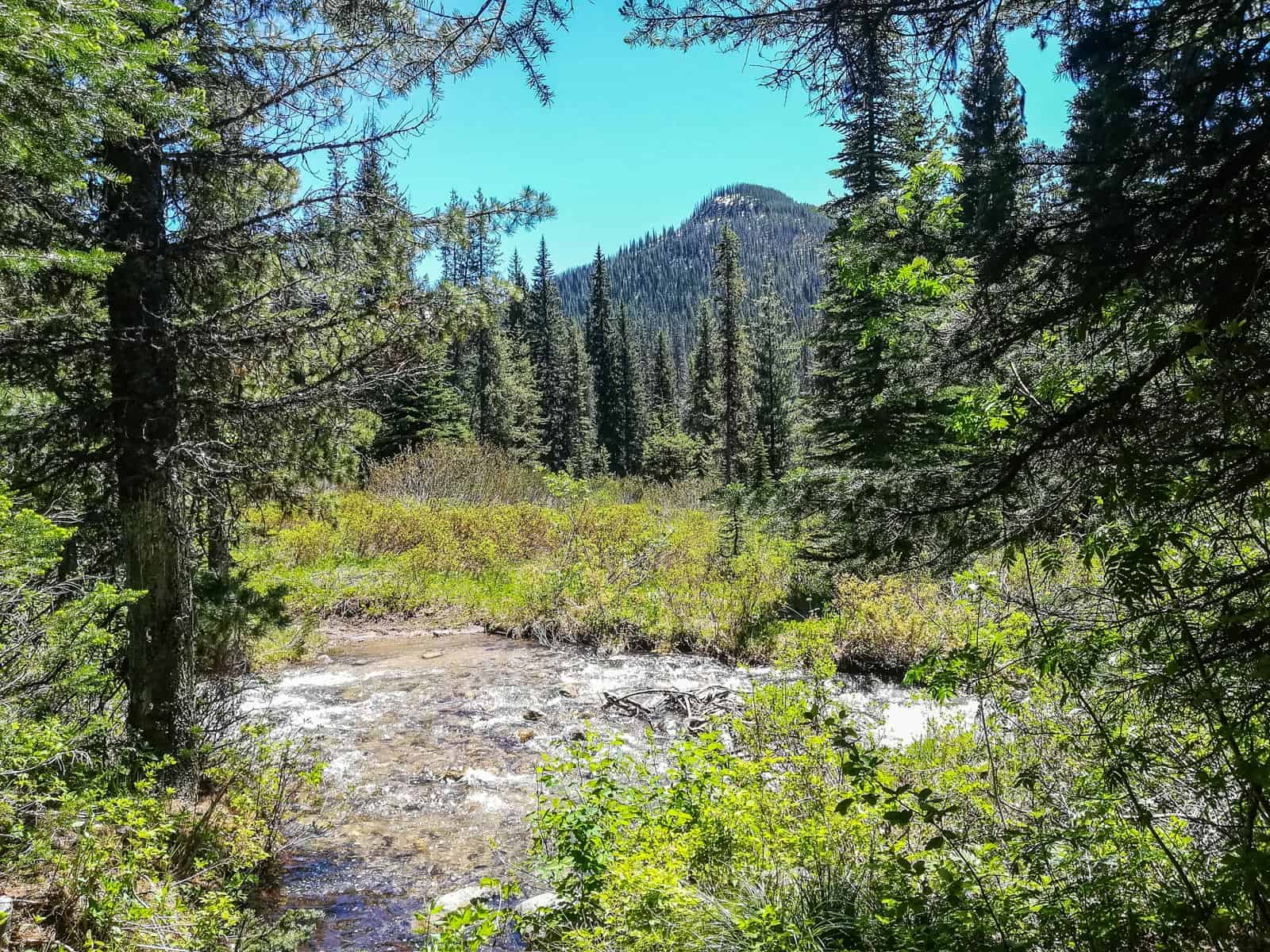

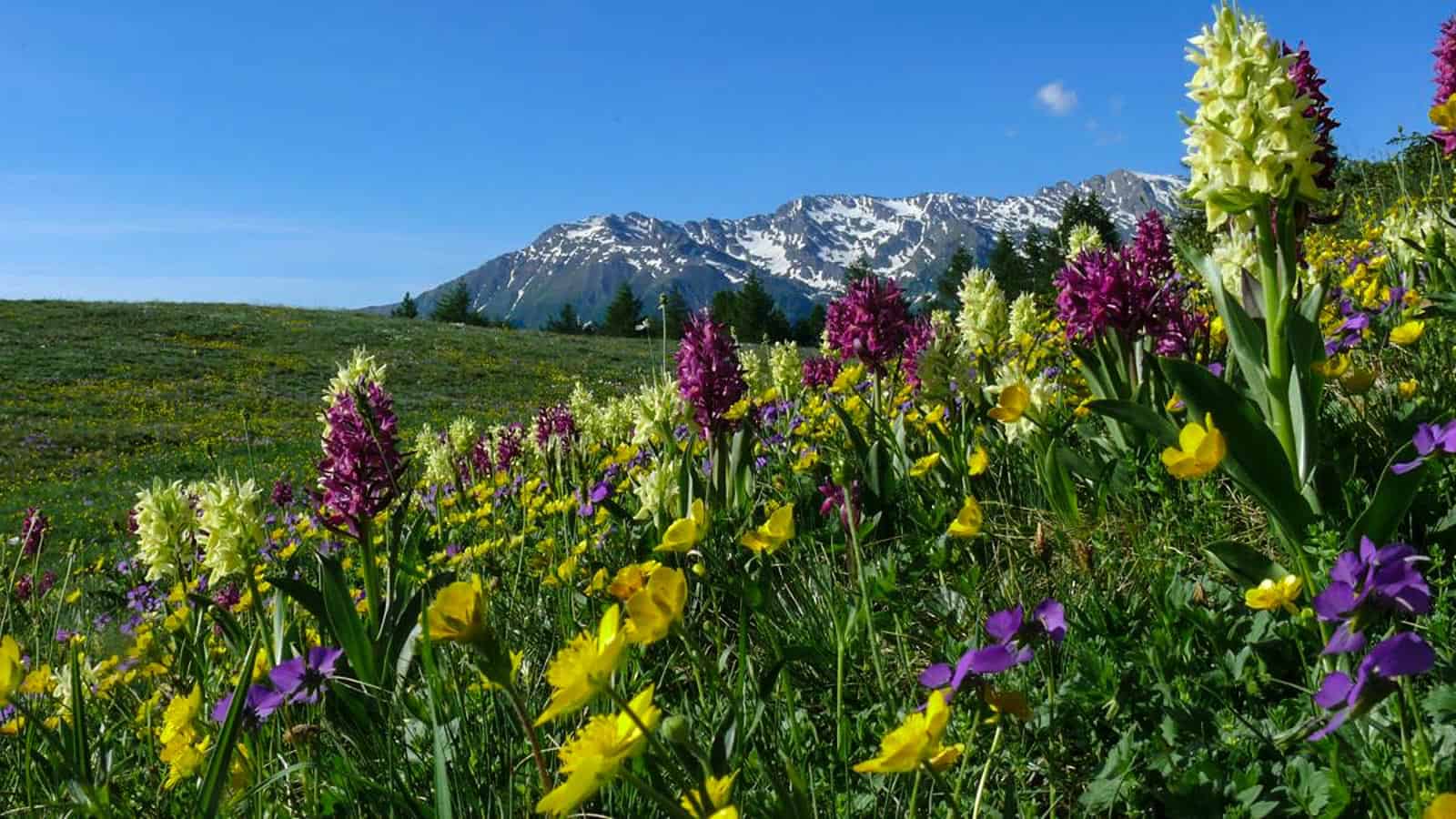

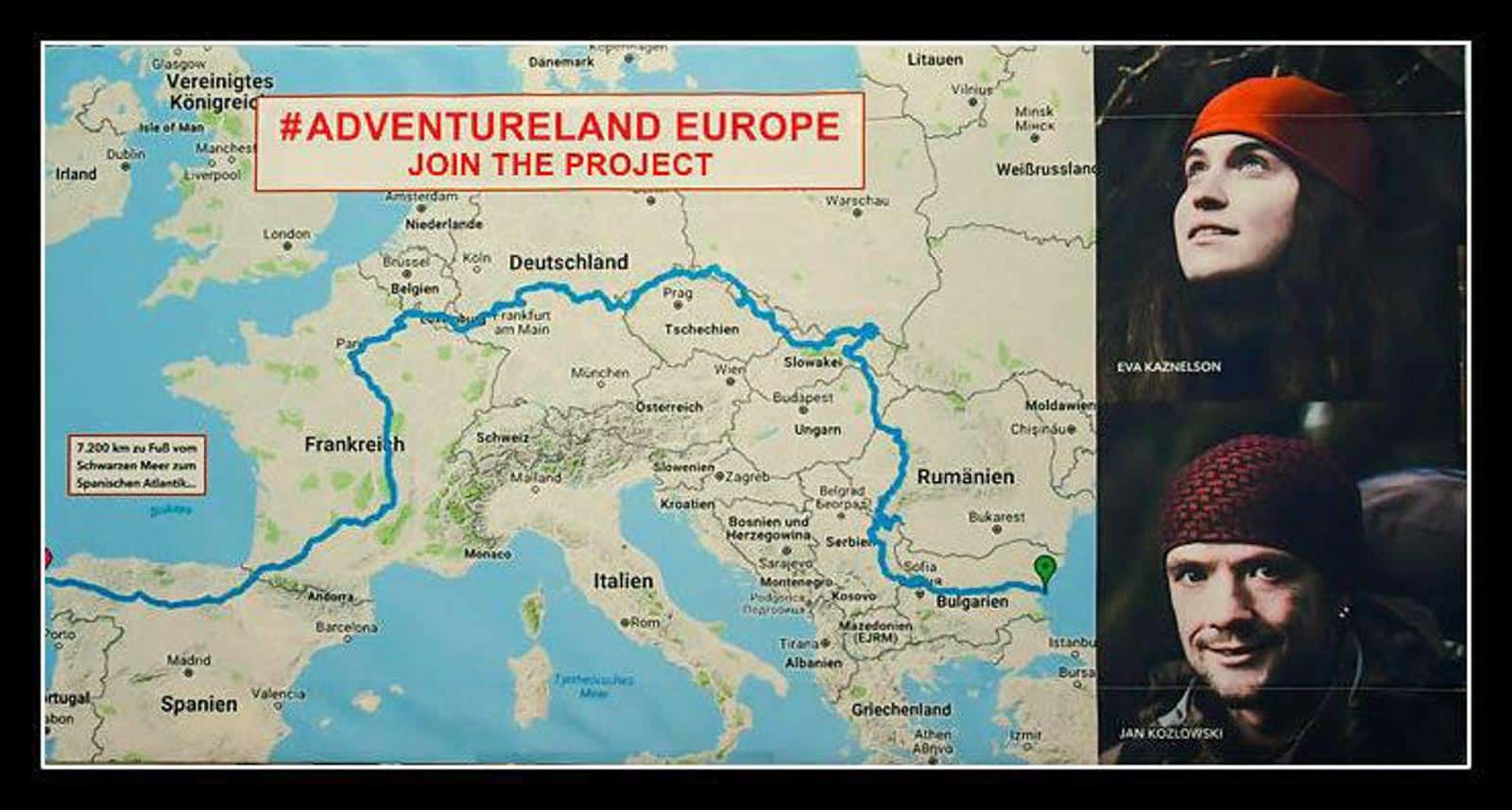
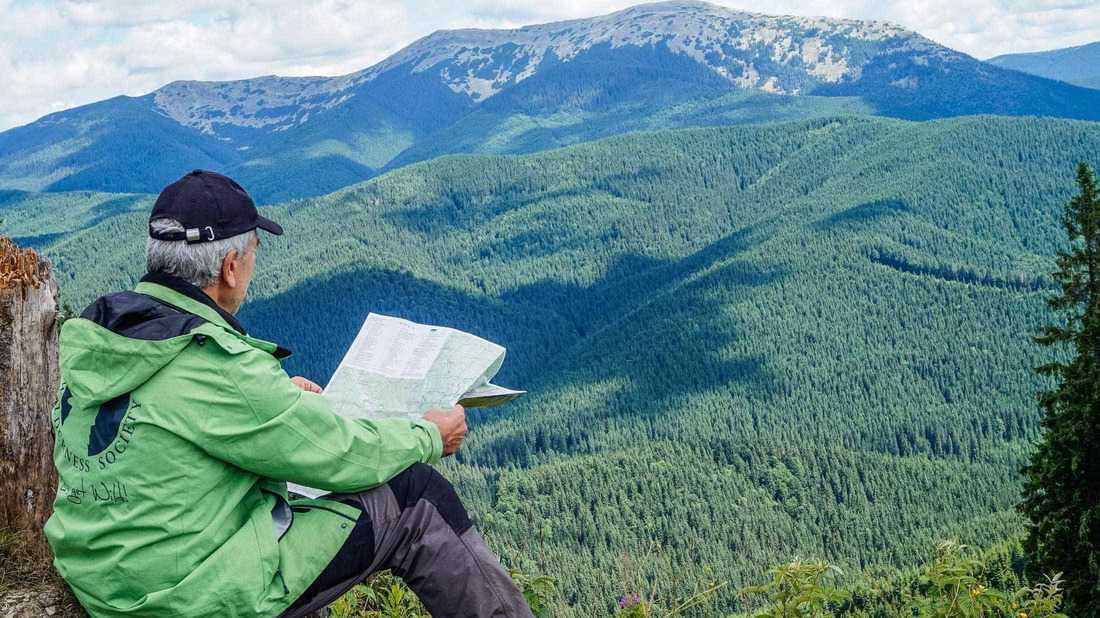
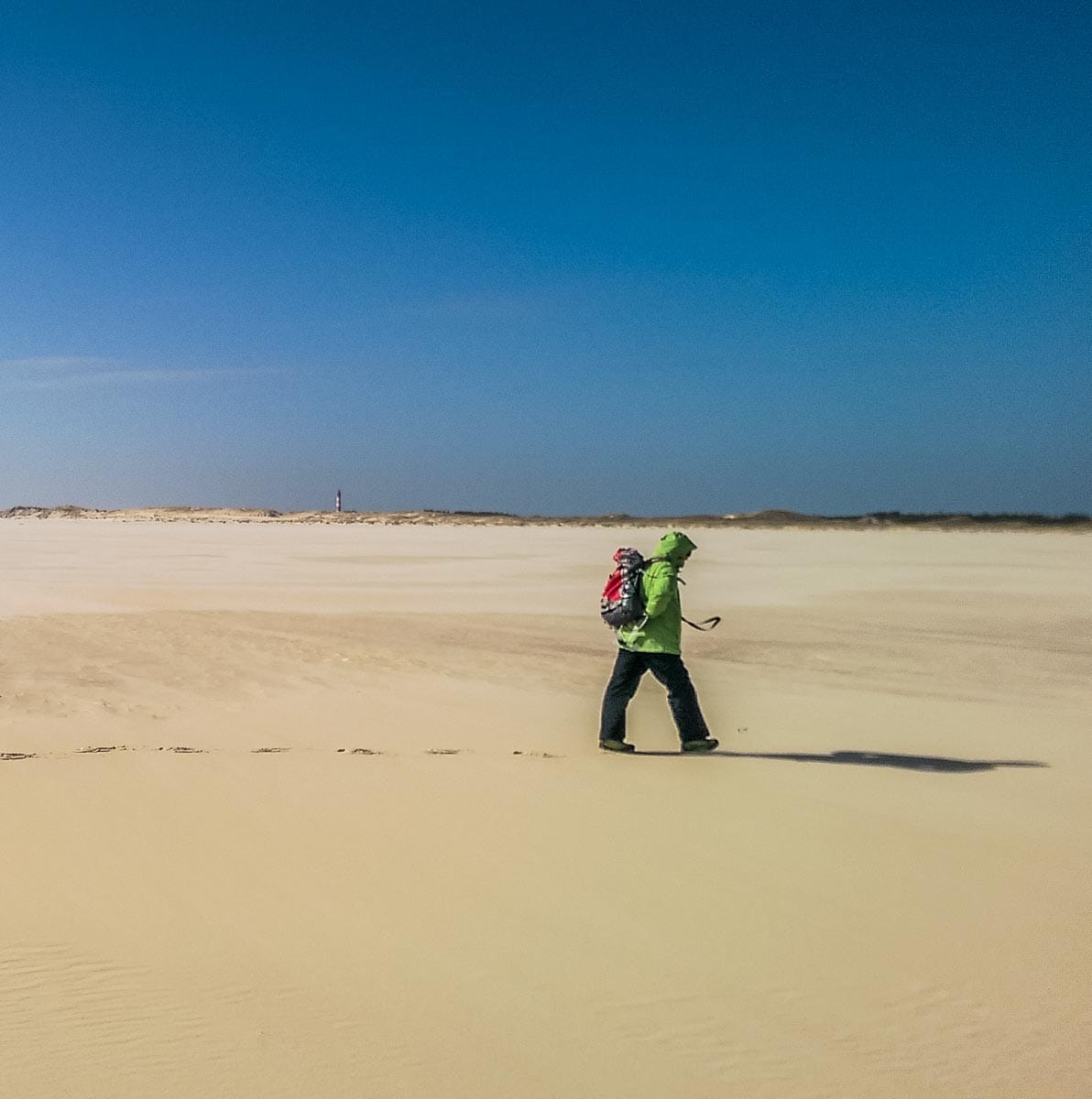
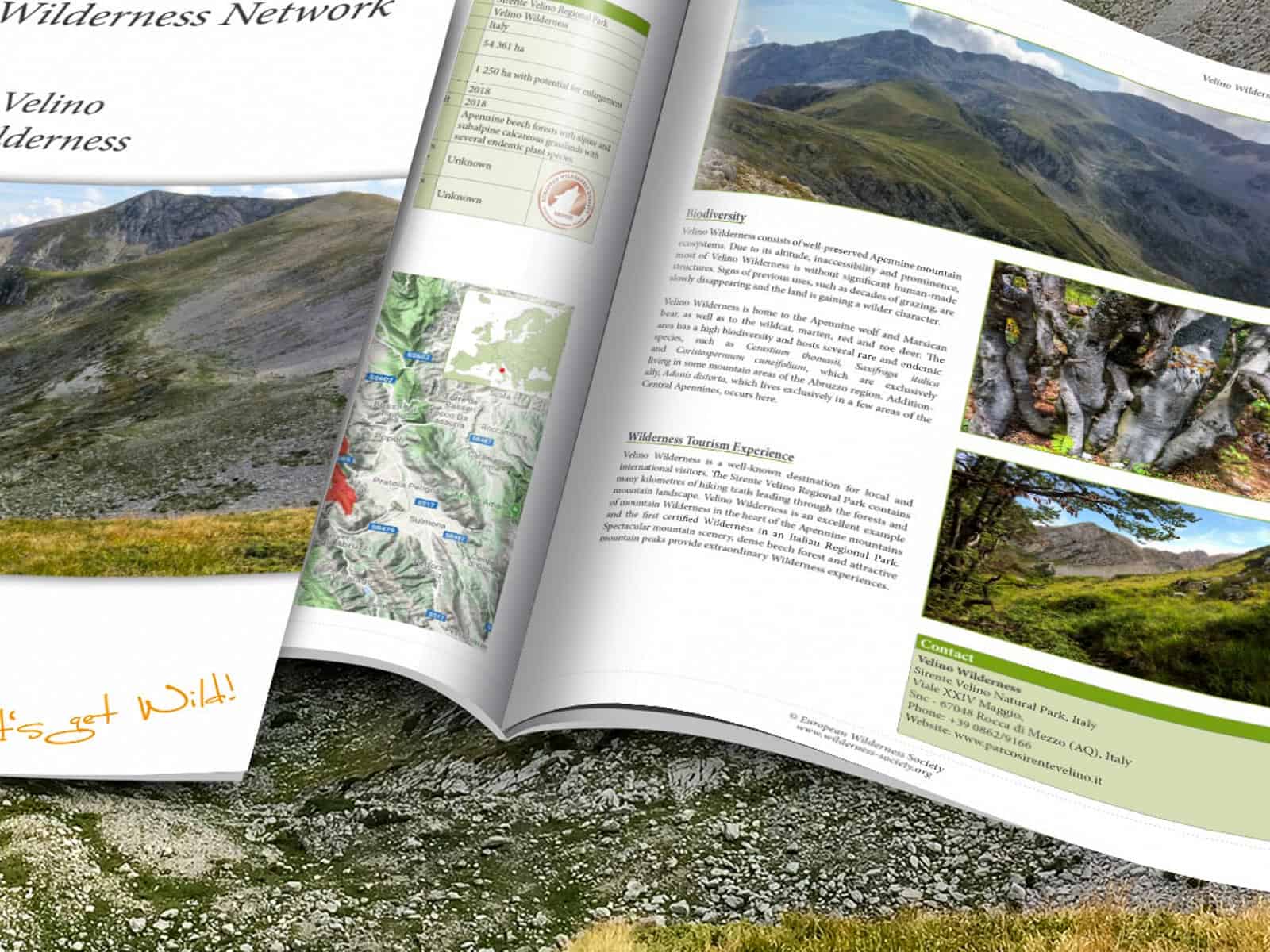
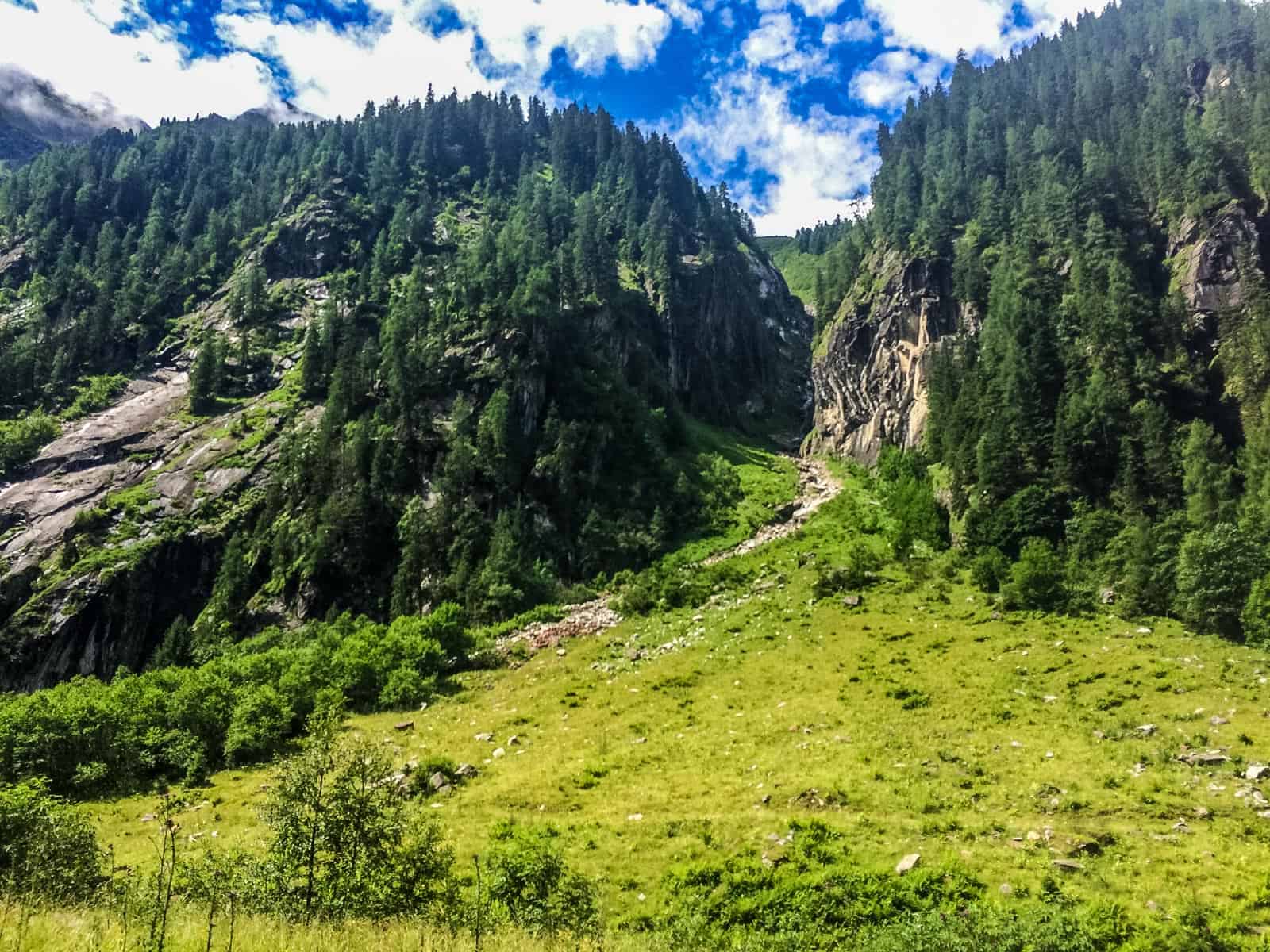
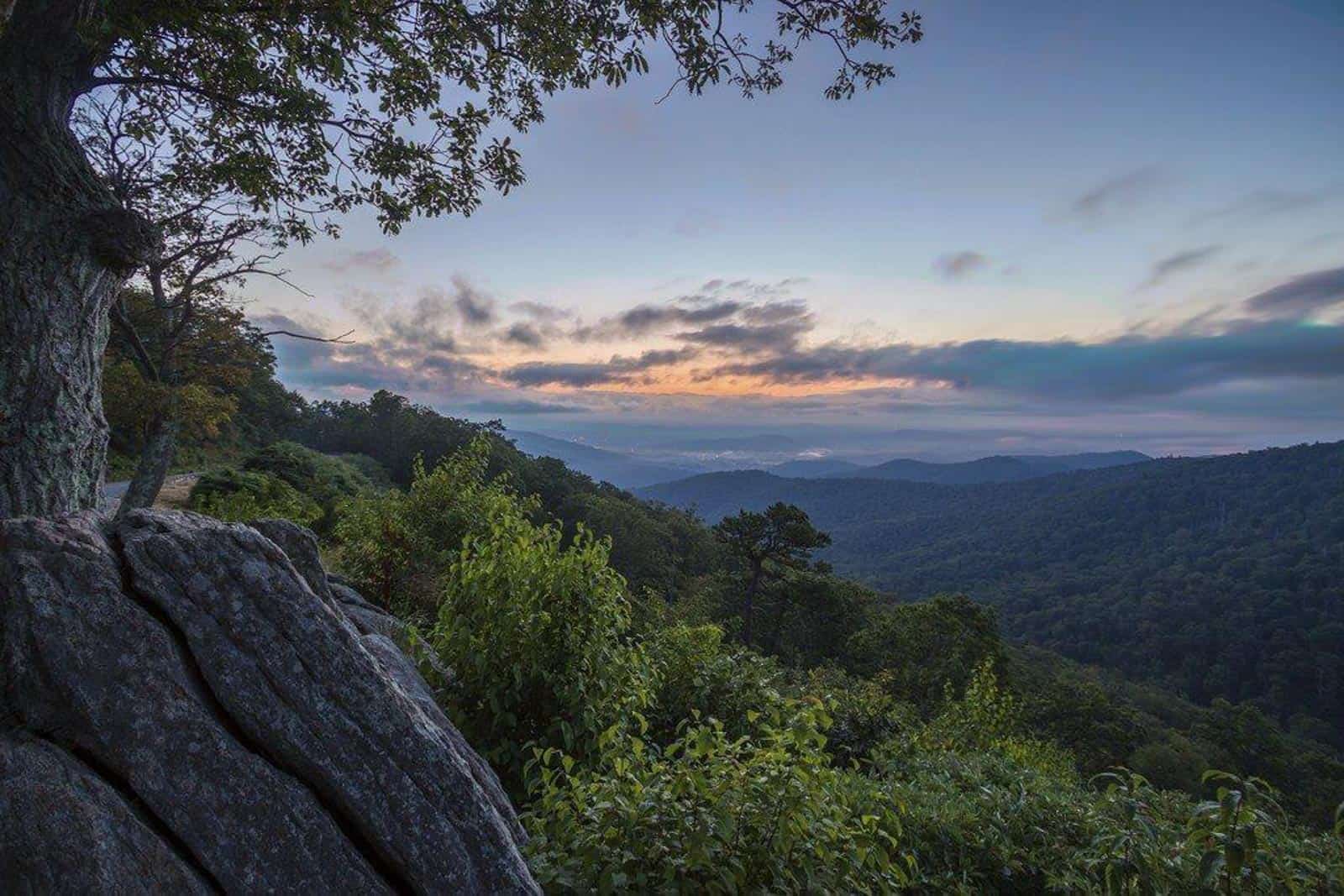
Hello,
The info was actually supplied to us directly from members and local citizens. This fight is going on for quite some time… https://missoulacurrent.com/outdoors/2020/02/bitterroot-sues-logging/
Thank you for your comment in which you are actually supporting our concerns. Human intervention for whatever reason in Wilderness is nothing else but a continuation of intervening with the natural processes. If you look at the wilderness definition it actually stipulates that thinning, forest fire intervention, any logging or cutting in wilderness core zones, no matter how sincere and well planned, is actually human intervention in disguise. The impacts to the wilderness may be smaller than commercial activities, but they are there. Wilderness is defined as an area with undisturbed natural open ended dynamic processes. Wilderness thus means:
No Human extraction e.g.
No Hunting
No Logging
No mineral collections
No mining
No deadwood collection
No Human intervention e.g.
No disease or alien species control
No restoration measures
SO any thinning or deadwood reduction or fire regimes or clearcut treatments are in fact the opposite of what wilderness is supposed to be. An area in which nature rules and we humans only observe. We are aware that this is not everywhere possible or desired, that is why along Rob Nash Wilderness Continuum, we also recognise WILD AREAS and every Wilderness is zoned. The core zone without any intervention or extraction is surrounded by the transition and restoration zone in which exactly those activities you listed are possible. The main issues richt now, is that the Wilderness Act never anticipated that such actions like fire regimes would be needed due to climate change and other human activities. That is why Europe modified the Wilderness Definition and added zonation similar to the IUCN Cat 1A and 1B.
The real question we must ask ourselves before clear cutting or thinning or setting up fire regimes is: Will our intervention not cause more harm and is it really necessary? What is the desired outcome and what are the impacts to other species. Do two wrongs (Climate Change and then intervention) make one right? Where are the limits of our intervention? Can we restrain ourselves from intervening everywhere or are we able to keep hands off in some places to allow Mother Nature to be self willed and adapt to our human impacts without our human help?
Wild Regards
This article is very misleading. As a Bitterroot Valley resident and fellow wilderness lover, I must address some falsehoods mentioned in this article. Neither of the two mentioned projects propose harvesting any old growth trees. Additionally, the acreage numbers referenced are the entire project area, where the majority of the acres are designated for prescribed fire, non-comnercial restoration and invasive species mitigation. Additionally, there are very few clearcut treatments proposed. And I must say, in most areas above 6000 feet in the Bitterroot National Forest, high severity fire regimes are natural and the clearcut treatment is designed to precisely mimick natural processes. Thinning may look better to the untrained eye in those ecosystems but the openings and forbs generated in small clearcut units are essential food sources for deer and elk.
Please stop spreading false information. I am disappointed that the author is unable to recognize sound forest management.